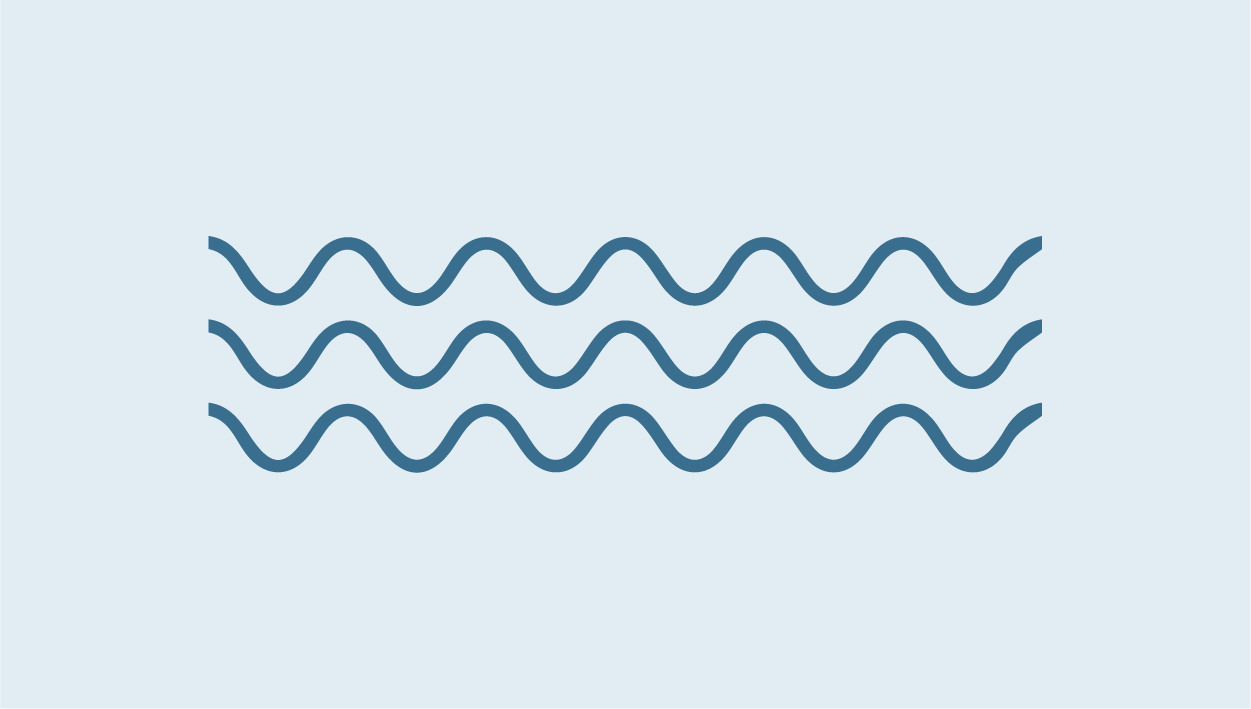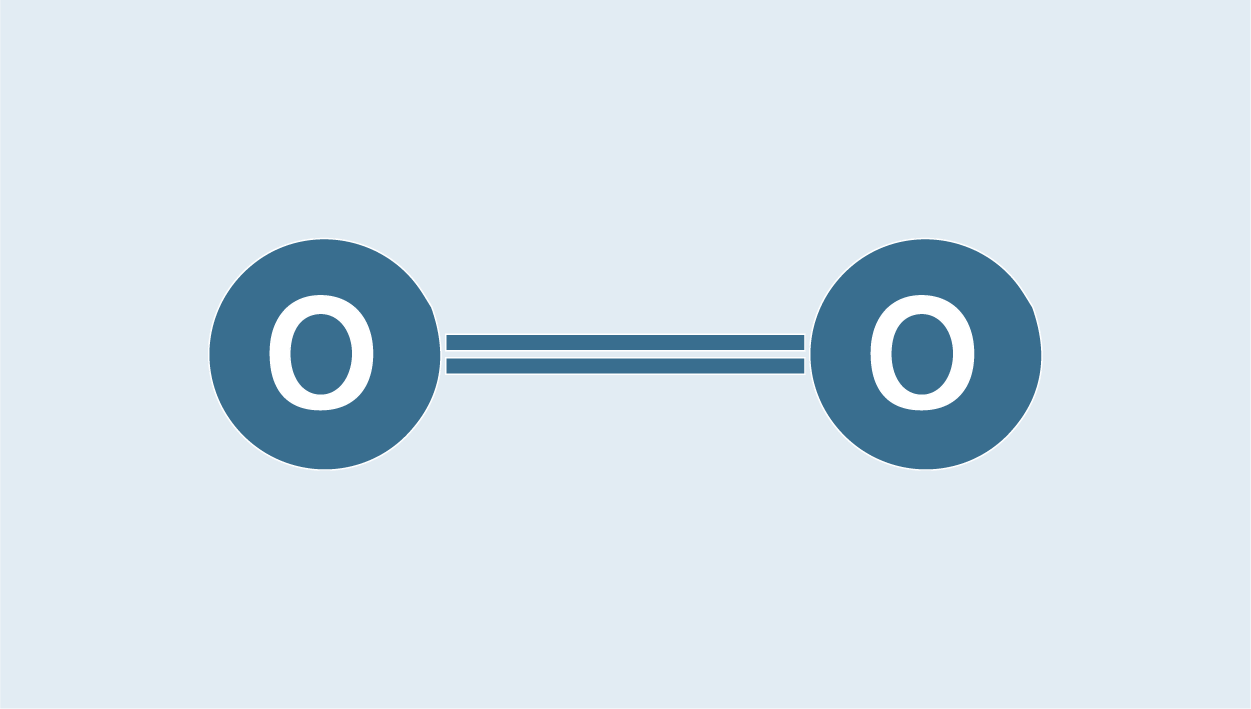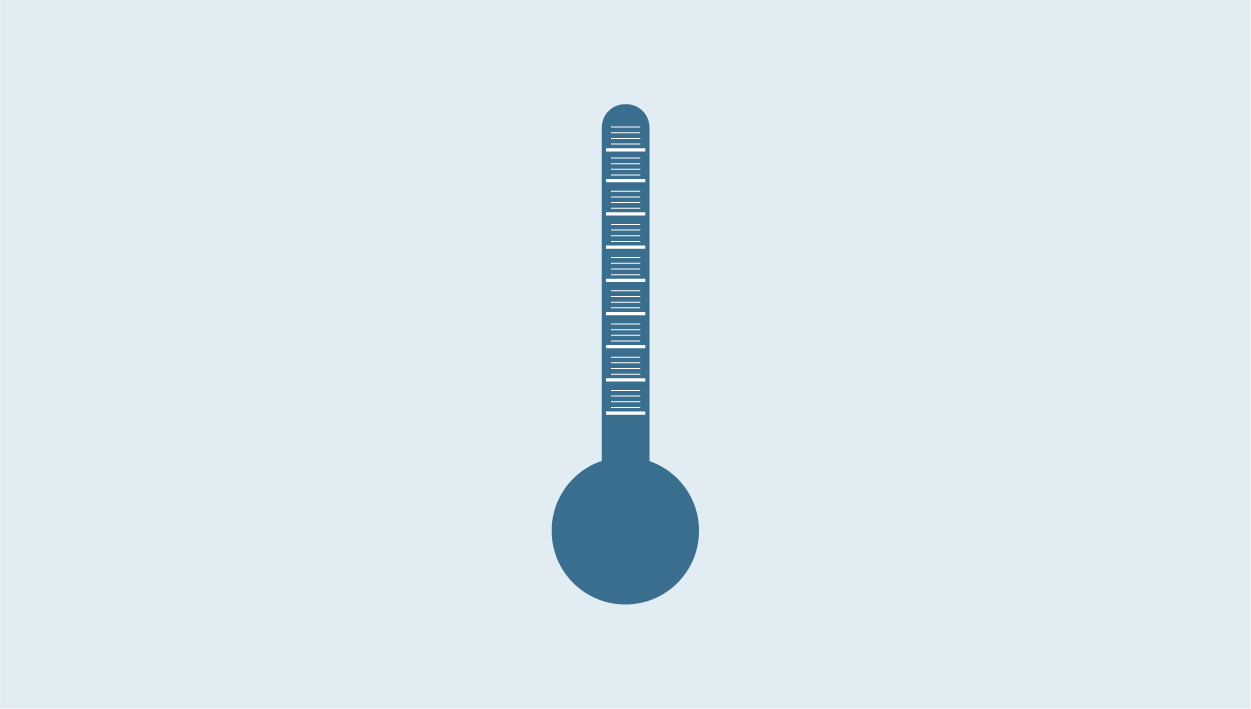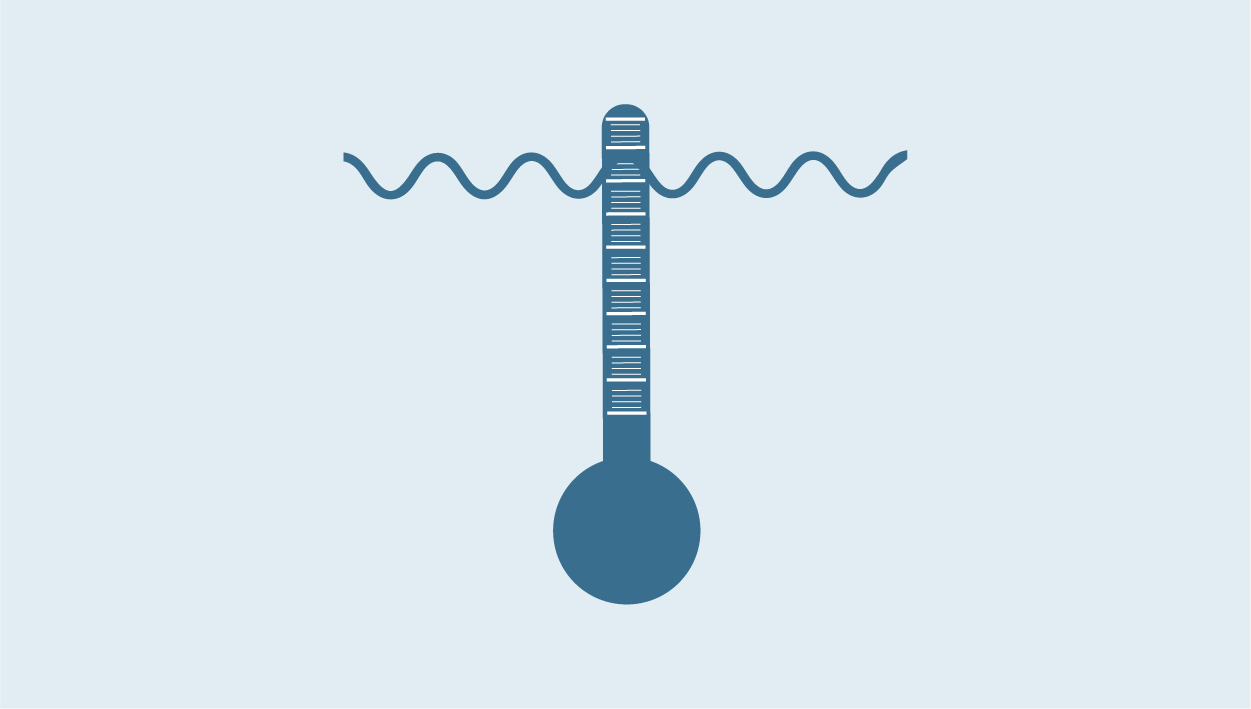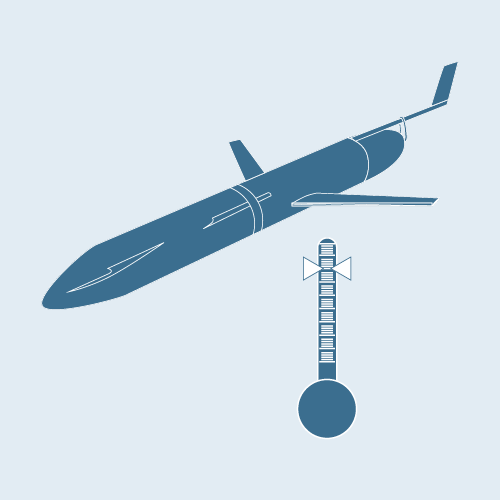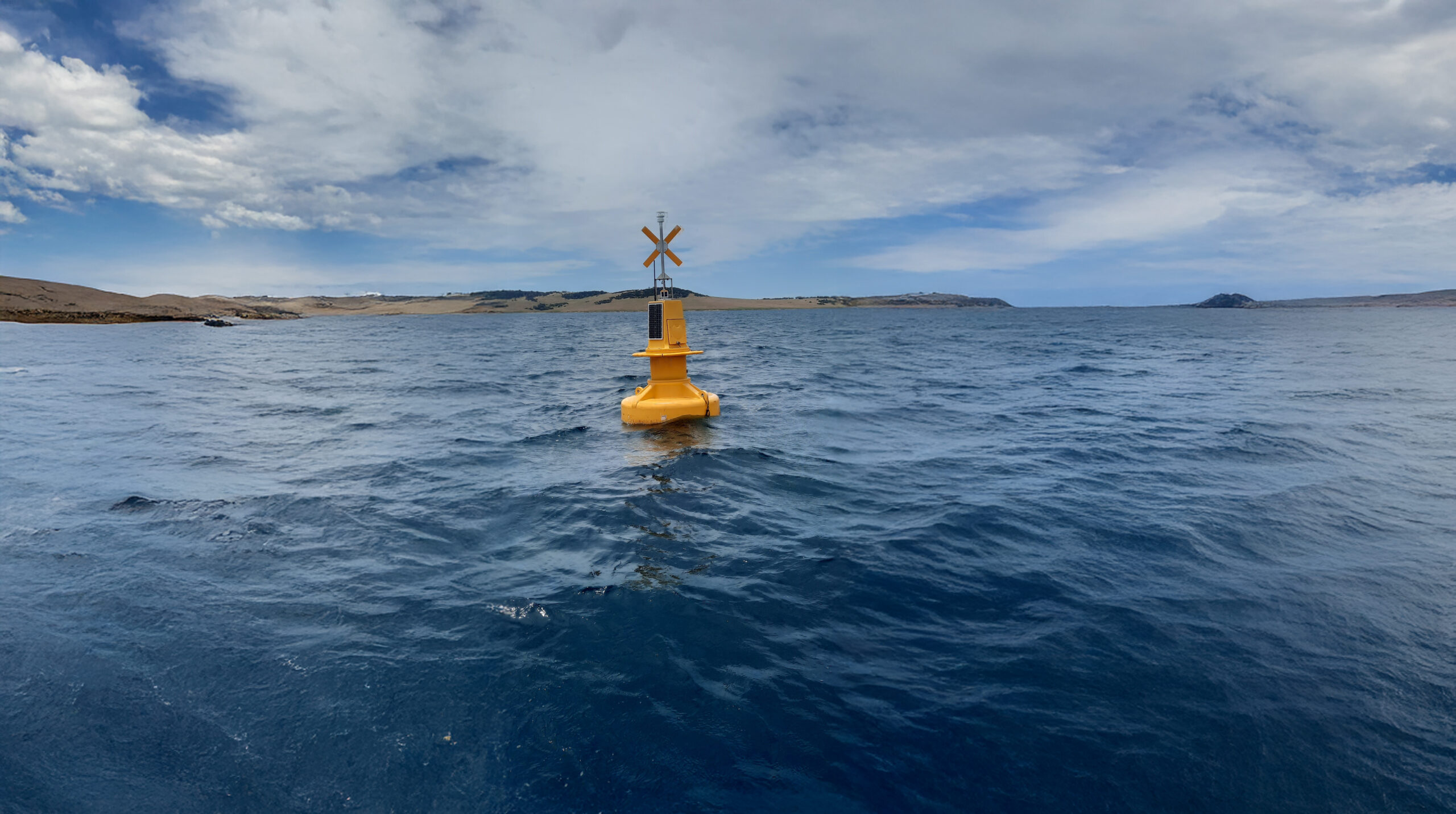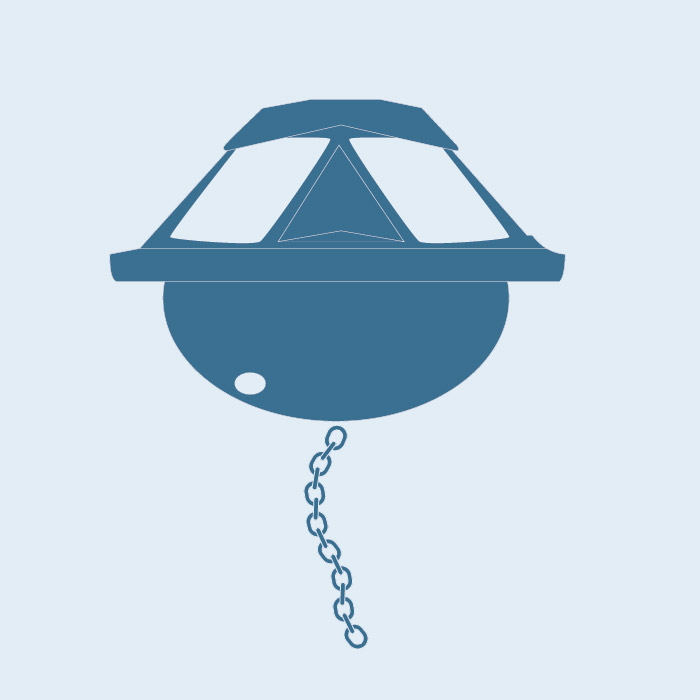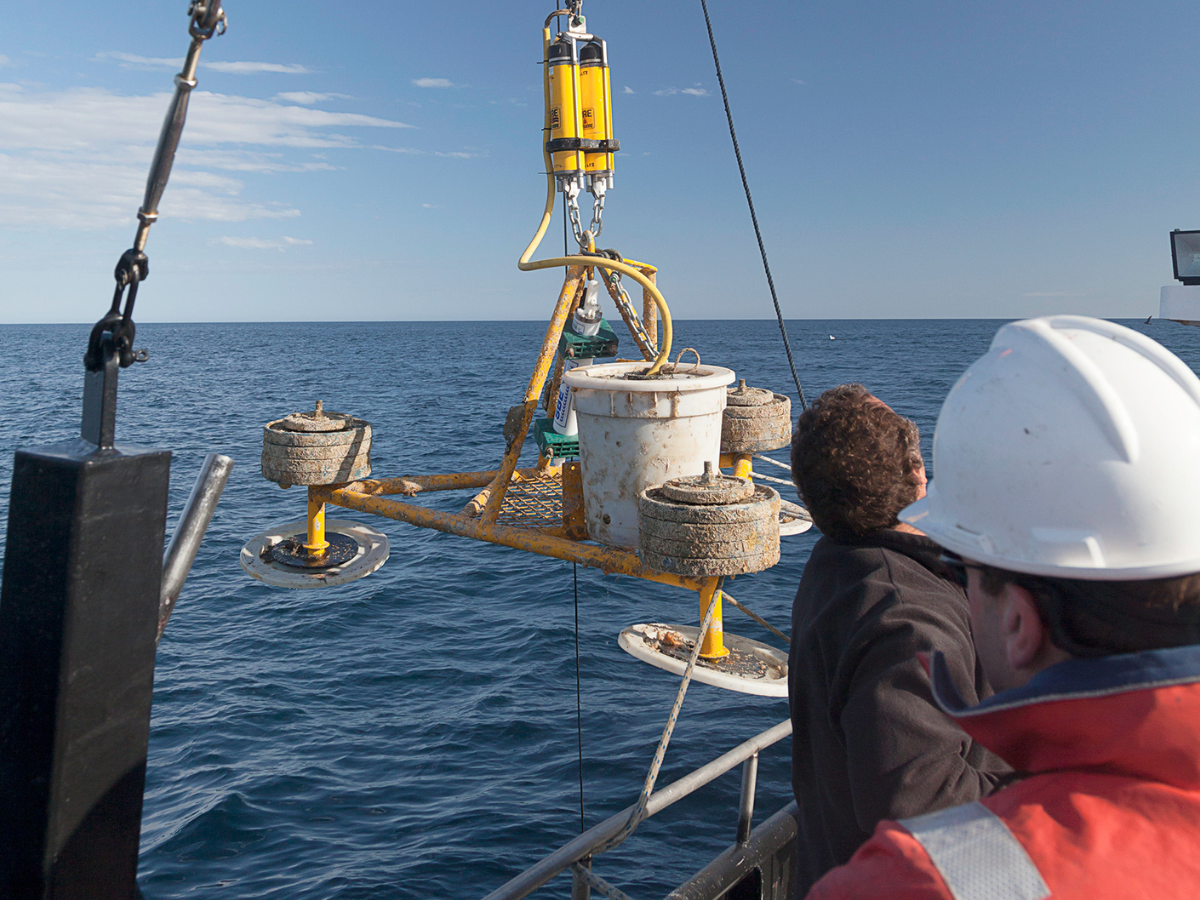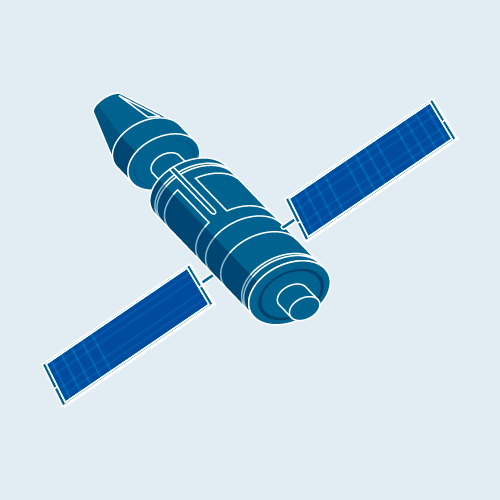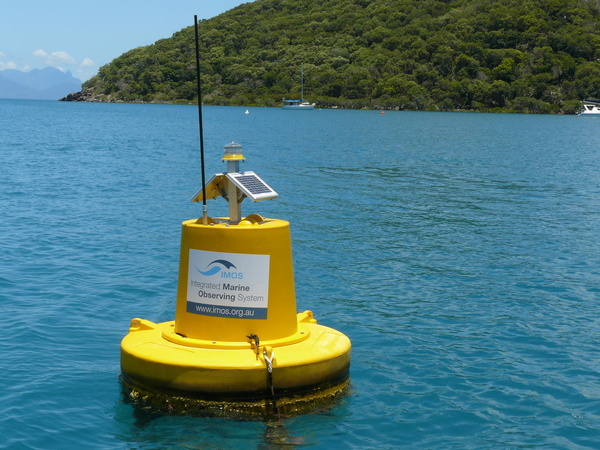Ocean Gliders
Ocean Gliders
Ocean gliders are autonomous underwater vehicles that propel themselves with changes in buoyancy, ascending and descending through the water column. The gliders are relatively cheap, reusable and can be remotely controlled, making them a relatively cost-effective method for collecting repeat subsurface ocean observations.
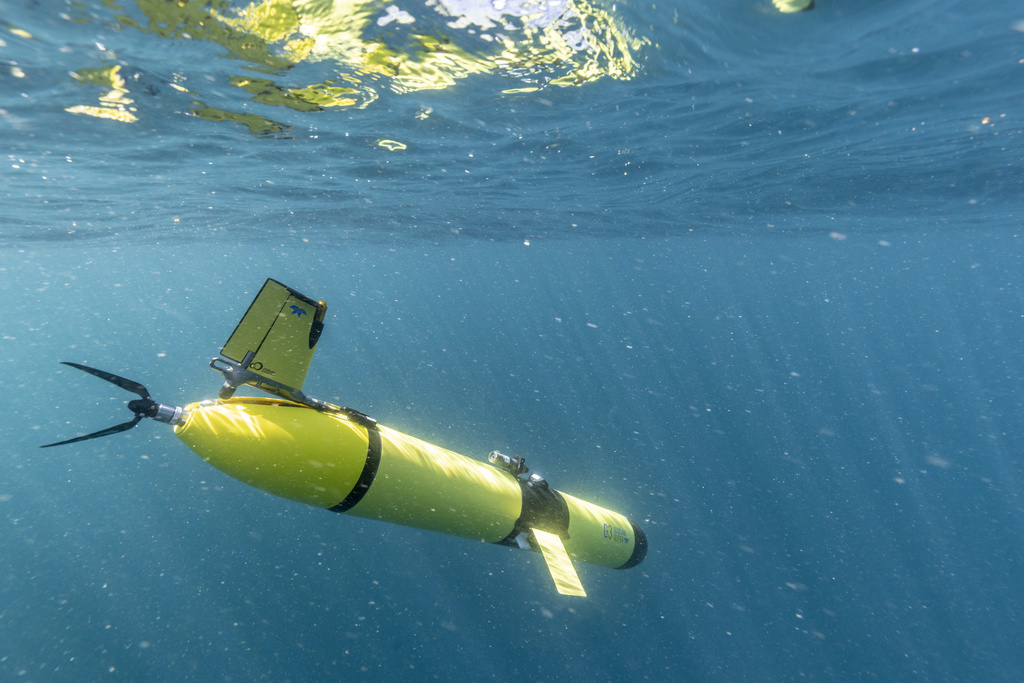
 Nick Thake
Nick Thake
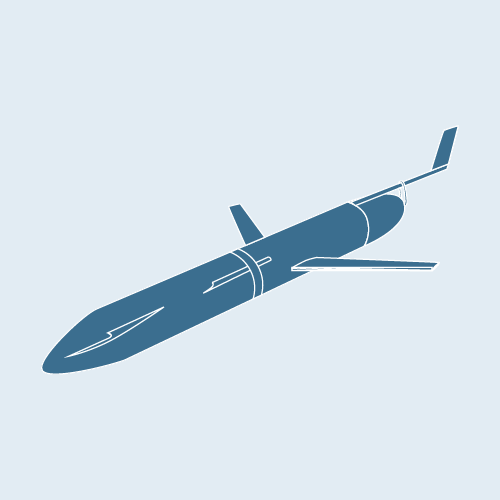
Locations
The use of these contemporary gliders provides a unique opportunity to effectively measure the boundary currents off Australia, which are the main link between open-ocean and coastal processes. A number of gliders are operated with target regions including the Coral Sea, East Australian Current off New South Wales and Tasmania, Southern Ocean southwest of Tasmania, the Leeuwin and Capes Currents off South Western Australia and the Pilbara and Kimberly regions off North Western Australia.
Data collection
They also allow for the acquisition of data under inclement weather conditions. Equipped with a variety of sensors, the gliders are designed to deliver ocean profile data. Furthermore, the unique design of the gliders enables them to move horizontally through the water while collecting vertical profiles.
Key data streams
Select a key data stream to view all IMOS Facilities that collect that data.
Sub-Facilities
Inactive Sub-Facilities
Useful information
Operating institution
Acknowledging IMOS
Users of IMOS data are required to clearly acknowledge the source material by including the following statement:
Australia’s Integrated Marine Observing System (IMOS) is enabled by the National Collaborative Research Infrastructure Strategy (NCRIS). It is operated by a consortium of institutions as an unincorporated joint venture, with the University of Tasmania as Lead Agent.

